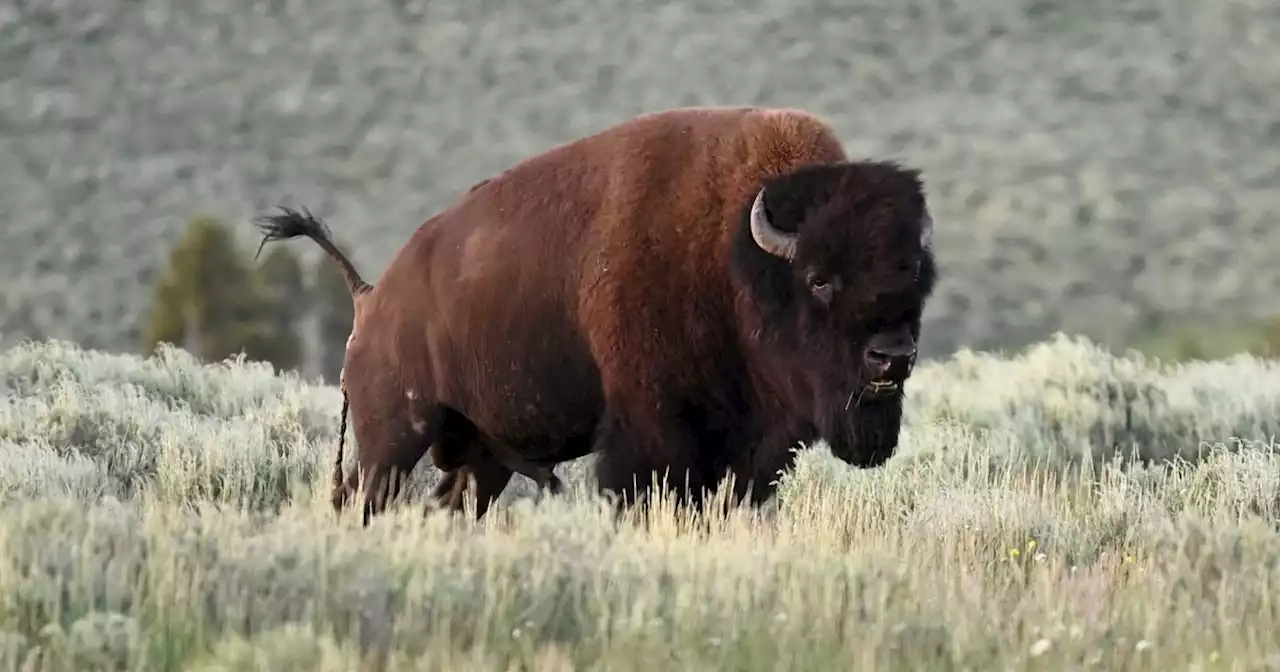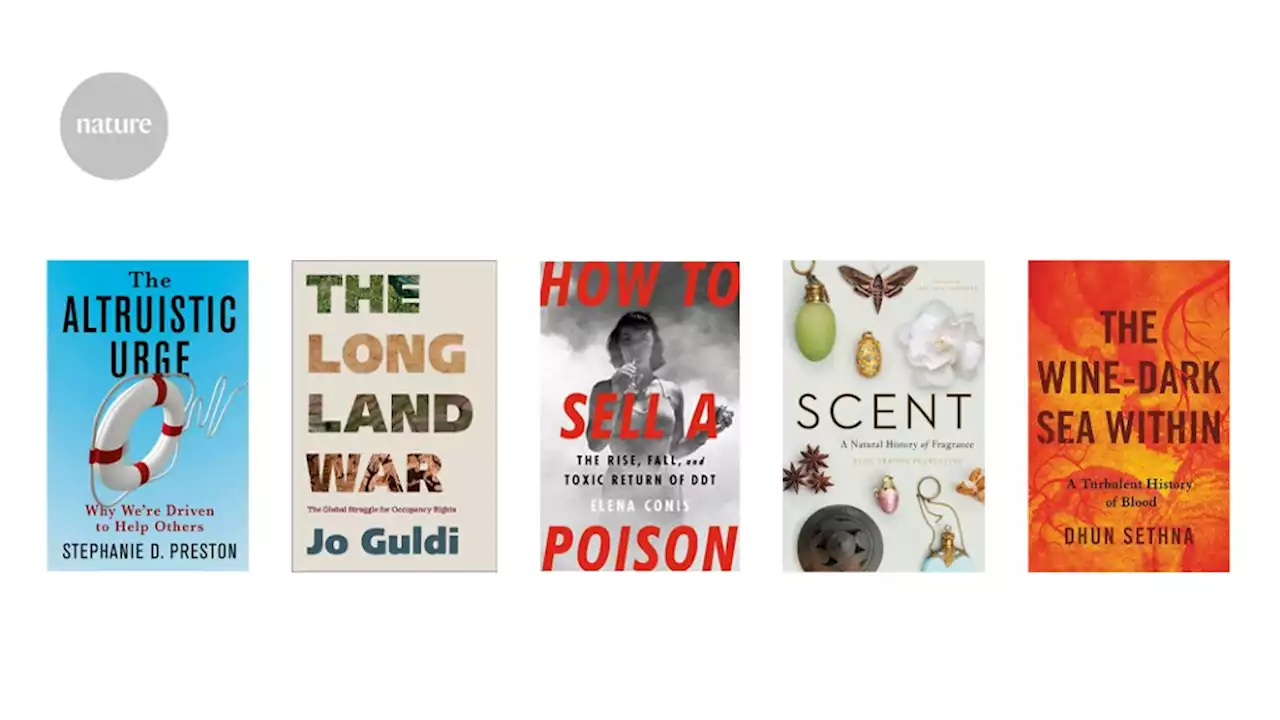Andrew Robinson reviews five of the week’s best science picks.
The pesticide DDT reduced typhus and malaria during the Second World War; its discoverer won the 1948 medicine Nobel prize. After the war, it was widely used in the United States to kill vermin, and city children played in the mist of trucks spraying it, notes historian Elena Conis in this complex, disturbing study. The chemical’s toxicity to wildlife became notorious with Rachel Carson’s book. In 1972, the United States banned it.
A biologist might think of worker bees giving aid to their queen; an economist of how many dollars a student will donate to a stranger in an experiment. Psychologist Stephanie Preston focuses her analysis on the “altruistic urge”, defined as the compulsion of an animal or person “to approach a vulnerable victim in immediate need of aid”, for example when rescuing a stranger from a burning building.
United States Latest News, United States Headlines
Similar News:You can also read news stories similar to this one that we have collected from other news sources.
 This is How You Get Multiple Star SystemsStars form from dense cores inside giant molecular clouds. Why do some cores spawn single stars while others spawn multiple stars?
This is How You Get Multiple Star SystemsStars form from dense cores inside giant molecular clouds. Why do some cores spawn single stars while others spawn multiple stars?
Read more »
 Gender fluidity is a part of Hawaiian culture. How a children's book is reclaiming that'Ho'onani: Hula Warrior,' a children's book based on a 2014 documentary, can help make conversations about gender identity easier to navigate.
Gender fluidity is a part of Hawaiian culture. How a children's book is reclaiming that'Ho'onani: Hula Warrior,' a children's book based on a 2014 documentary, can help make conversations about gender identity easier to navigate.
Read more »
 Baymax, the lovavable robot from 'Big Hero 6,' is back in own Disney+ seriesBaymax from 'Big Hero 6' is back and trying to help others, with mixed results in his own series on Disney+.
Baymax, the lovavable robot from 'Big Hero 6,' is back in own Disney+ seriesBaymax from 'Big Hero 6' is back and trying to help others, with mixed results in his own series on Disney+.
Read more »
 Second visitor in 3 days gored by a bison at YellowstoneA bull bison attacked a 71-year-old woman at the park on Wednesday, just days after a man was gored while rushing in to help others.
Second visitor in 3 days gored by a bison at YellowstoneA bull bison attacked a 71-year-old woman at the park on Wednesday, just days after a man was gored while rushing in to help others.
Read more »
 Why two-thirds of IVF embryos suddenly stop developingA new insight into why some IVF embryos go into 'developmental arrest' could help researchers create treatments that coax them into growing normally
Why two-thirds of IVF embryos suddenly stop developingA new insight into why some IVF embryos go into 'developmental arrest' could help researchers create treatments that coax them into growing normally
Read more »
